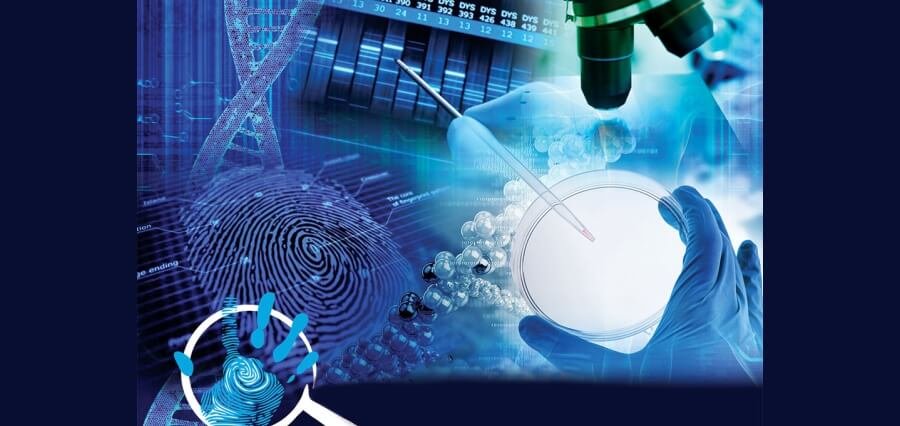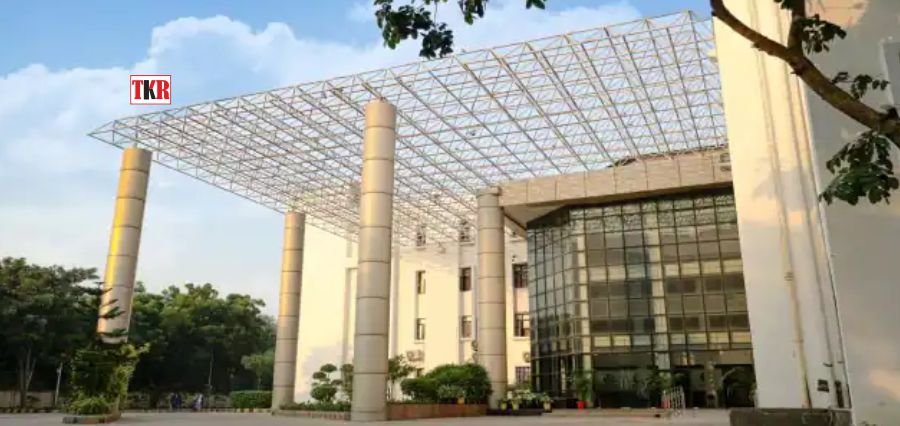Enhancing Criminal Investigations
There have been several changes and variations in the crimes happening in urban and rural areas. The police and the investigation authorities have to explore several options in their process to gather the crime scene evidence, proof and information. On many occasions, the standard practices are seen to have been ineffective, leading to the demand for better and more advanced forensic procedures to be implemented.
The criminals have gone a few steps ahead in destroying the evidence by clearing up the crime areas. They have even gone to the extent of masking the scene with strong perfume, using gloves and removing all the traces categorically. The Crime Scene Investigation (CSI) team needs to look for better and more reliable forensic resources that can help in identifying the answers that scientific experiments can easily point out and propel the investigation in the right direction.
Modern scientific developments have aided the CSI and police teams in deciphering the crime motives and the background story.
DNA Phenotyping
The practice of predicting an organism’s phenotype solely using genetic data obtained via genotyping or DNA sequencing is known as DNA phenotyping. This phrase, also referred to as molecular photo fitting, primarily refers to the estimation of a person’s biogeographic heritage and physical characteristics for forensic purposes.
Biosensors for Forensic Analysis
A biological contact event can be converted into a quantifiable signal consequence in real-time using biosensors, which are small analytical instruments. Without the need for extra laboratory apparatus or time-consuming preparatory procedures, they can offer sensitive and reasonably priced examinations of samples. In order to detect target molecules with high evidential value in forensic evidence, biosensors can help with large-scale, high-throughput, sensitive screening of the samples. Nanomaterials are gaining popularity as ideal biosensor parts that can improve signal and detection effectiveness.
Forensic Palynology
More lately, forensic palaeontology has been effectively utilised and applied to criminal inquiry. Pollen DNA profiling has yet to be used in forensic investigations, nevertheless. Pollen was once used as a sort of botanical dust debris in several forensic examinations that used dust traces. Comparative morphological information hints at unanticipated elements of breeding systems, pollination biology, and hybridisation can all be found in the study of pollen grains. This could lead to a greater comprehension of the complete biology of the group being studied. The use of pollen and other spores as evidence in court cases to resolve criminal matters by establishing or refuting connections between people and crime scenes is known as forensic palynology.
Carbon Dating
This scientific process helps to identify the age of the person, food substance or other material that can prove to be useful for answering several questions. It properly deciphers the density and volume of the substance and its deterioration process. The investigating team can comprehend the time passed and the approximate period of crime or incident happening through this unique process.
Forensic Glass Analysis with LA-ICP-MS
The retention of glass after the passive or forced transfer is very high in common apparel made of cotton and wool. Only when there is forced contact between the substance and the glass source will some materials, including metals, soft polymers, and wood, maintain glass transfers. Glass debris is very tiny and translucent, making it challenging for a suspect to notice the evidence and remove it. Glass is resistant to environmental deterioration so that pieces can remain on a suspect’s clothing or in soft fabrics for a long time. This helps in determining and can lead to important evidence.
Immunochromatography
A disease can be identified using immunochromatography by dripping a sample containing an analyte onto a test strip. After dropping the sample, this quick and easy method takes 10 to 15 minutes to give diagnostic results. A colourful line denotes an allergic reaction and a positive test outcome.
Immunochromatography test results are often evaluated visually, although a high-sensitivity reader can accurately identify a disease even when the coloured line is very thin. Increasing the reader’s sensitivity provides good test results from only a tiny quantity of sample, which lessens the load on the individual being tested. The strength of the coloured line is proportional to the amount of analyte in the sample.
Touch DNA
This method of forensic identification identifies the DNA from the small traces or deposits of human elements at the location of the crime. Hence this process is called Touch DNA or even Trace DNA. The experts collect samples of everything from the crime scene, including the fingerprints on the objects, the hair strands, the used tissues, the clothes, shoes, fibres of clothing of the suspect, food particles, sweat in wet or dry form, perfume used, dandruff particles, dry skin, etc.
Forensic science has made numerous developments which have equipped investigators with reliable solutions in identifying the evidence and helping in creating the investigation report. It has made the process simpler, easier and error-free. Still, a lot more is expected, while the current advancements can surely lead the CSI team to gather vital information in their investigation process.





